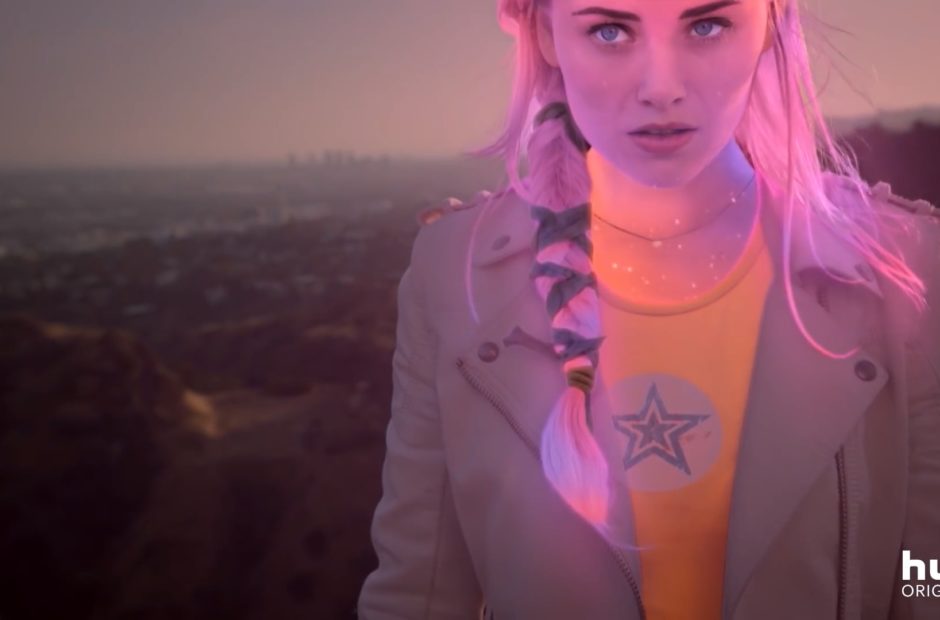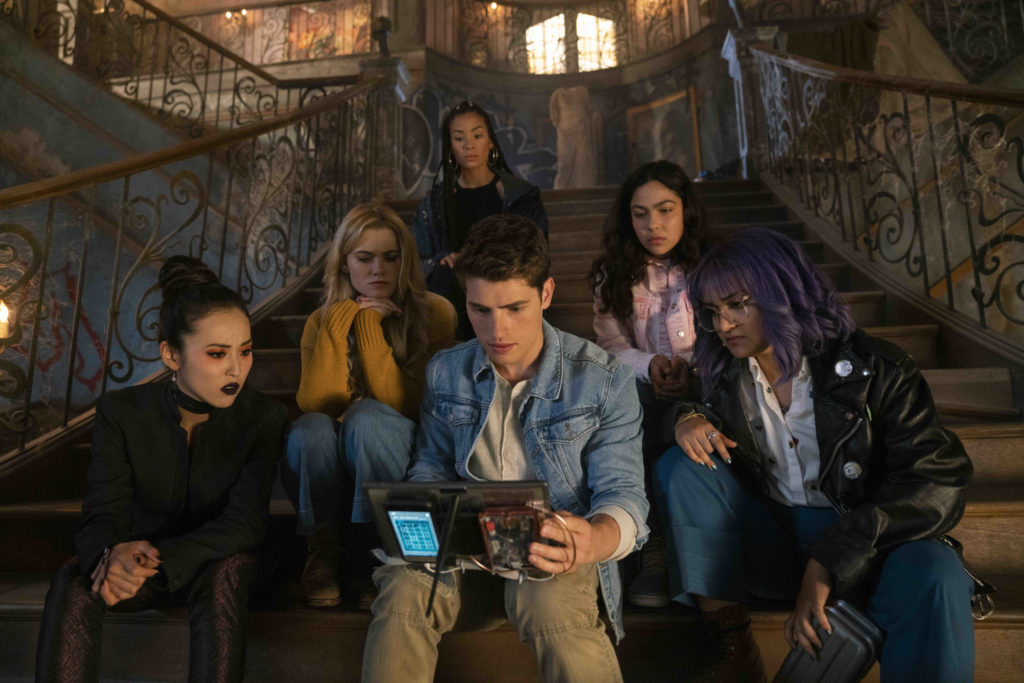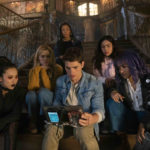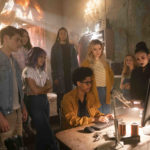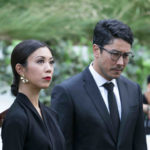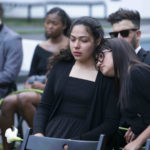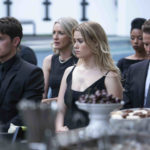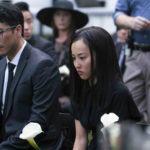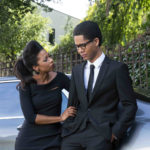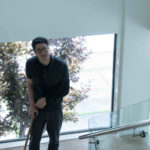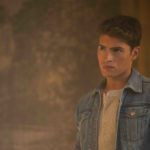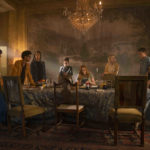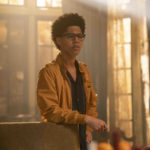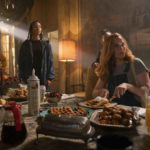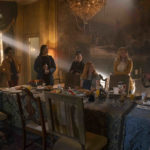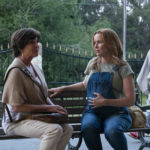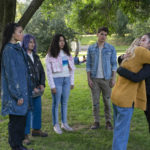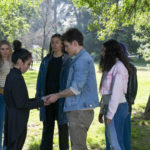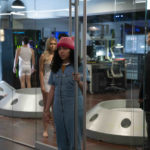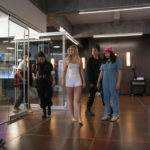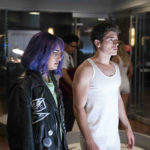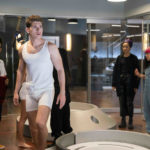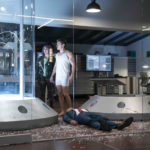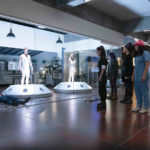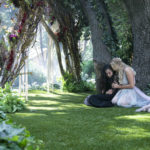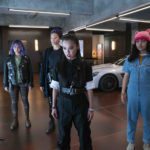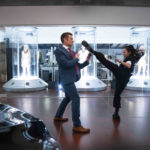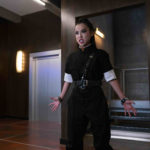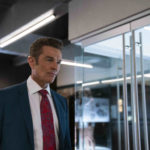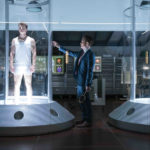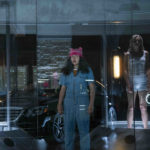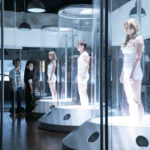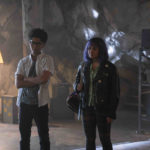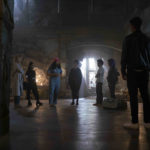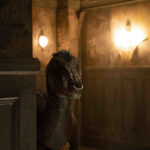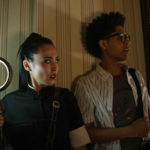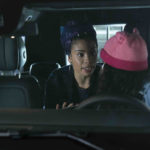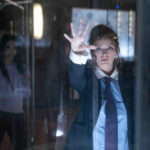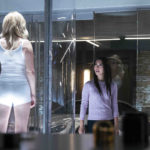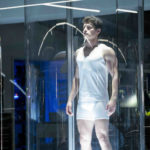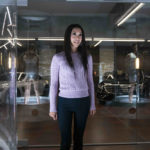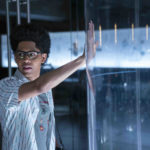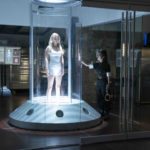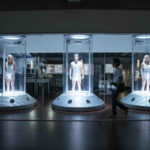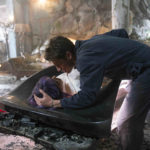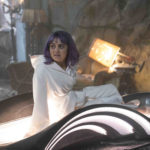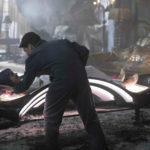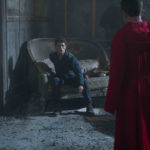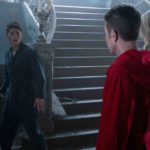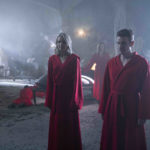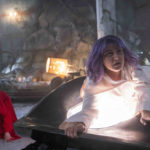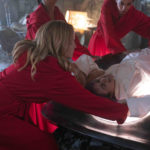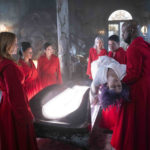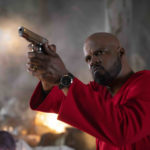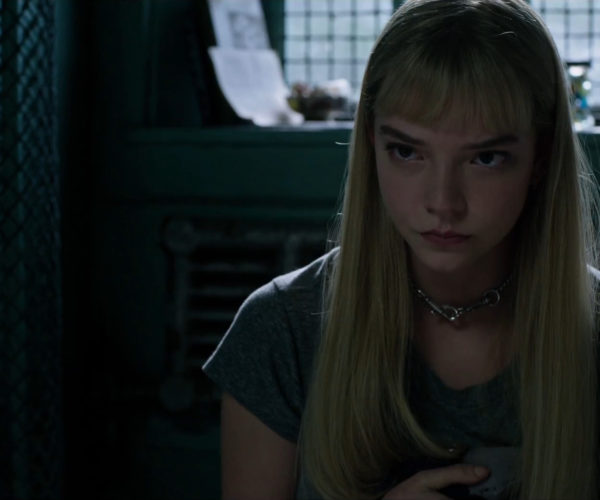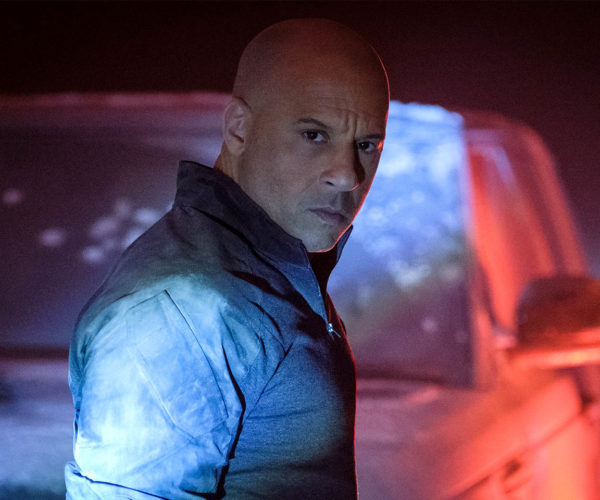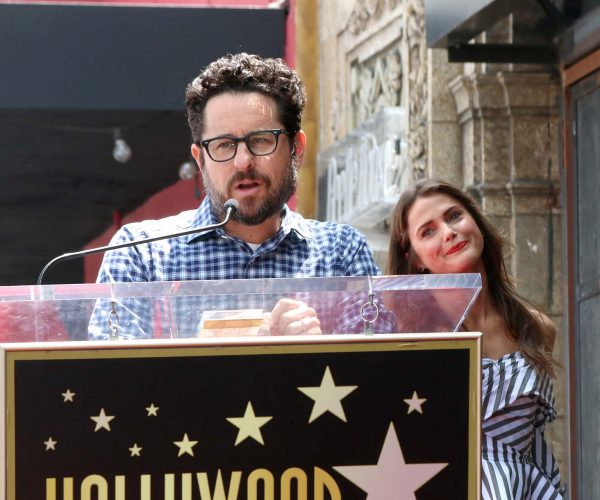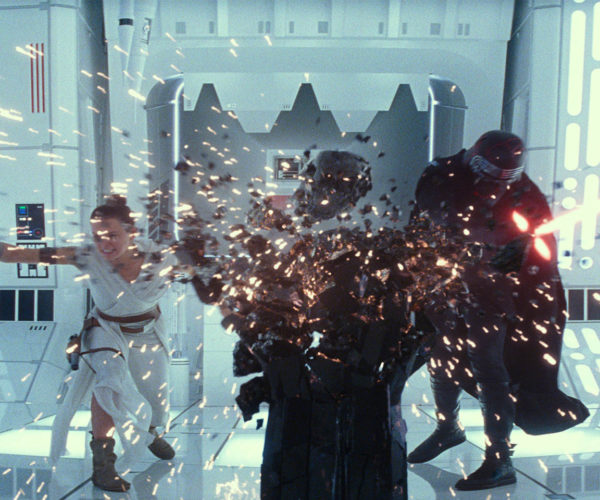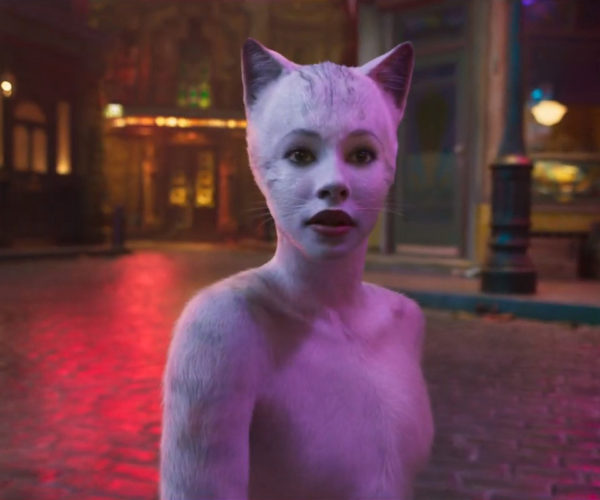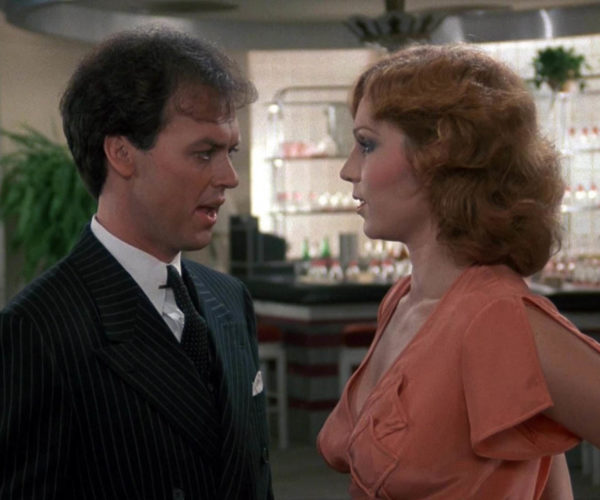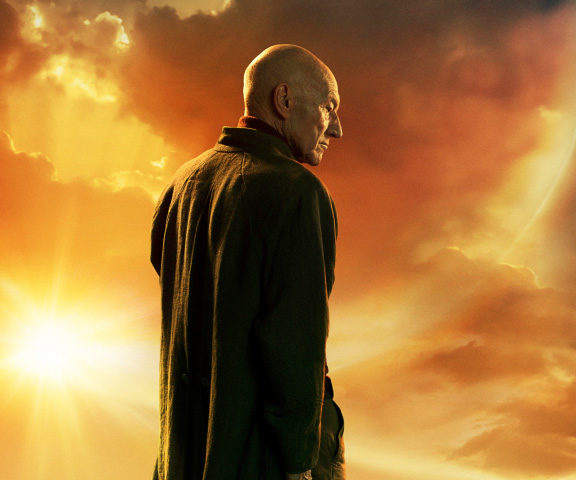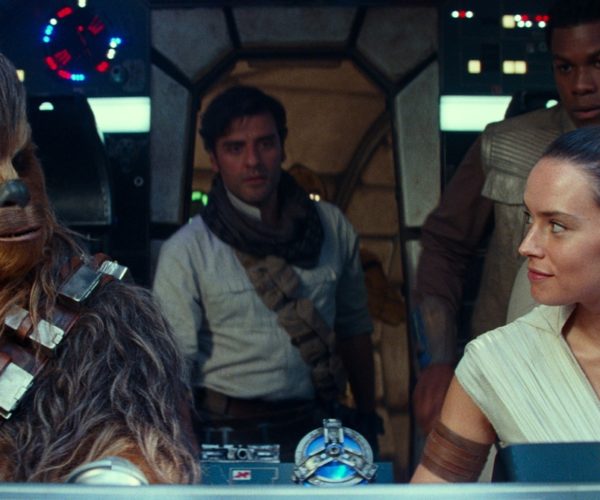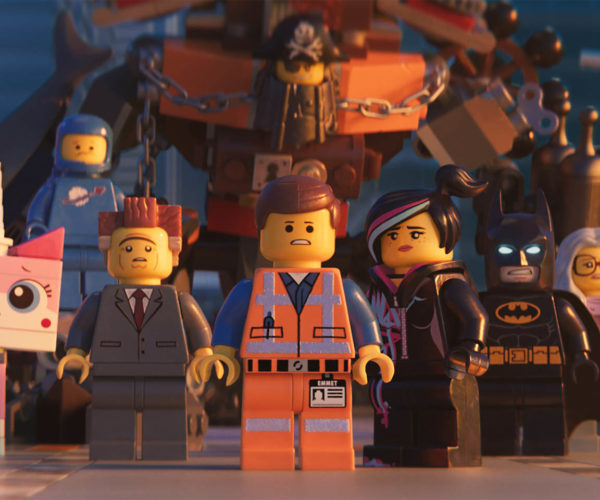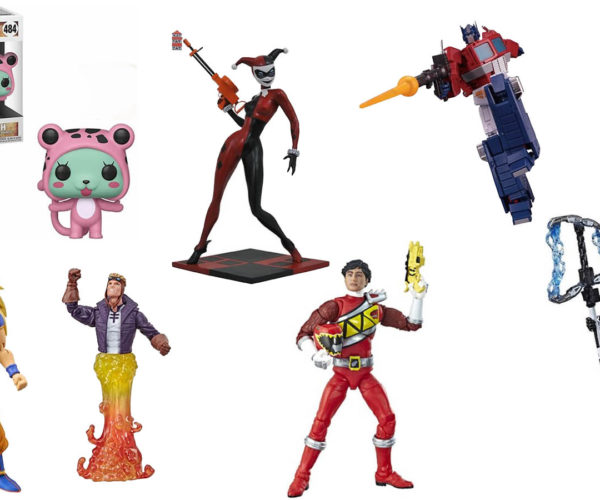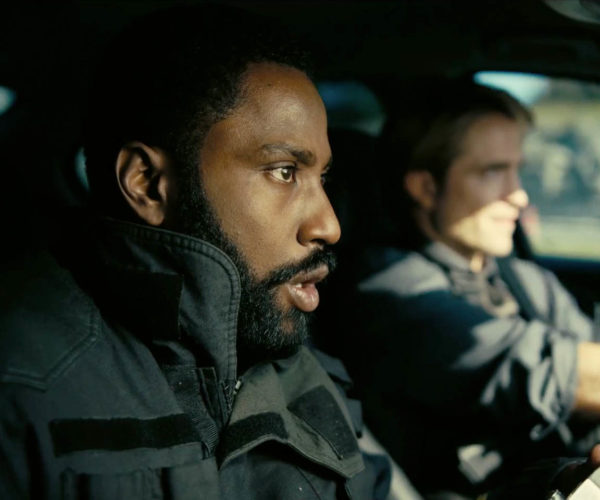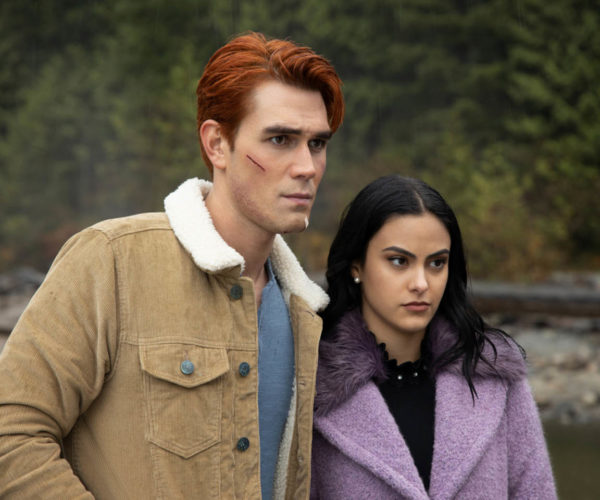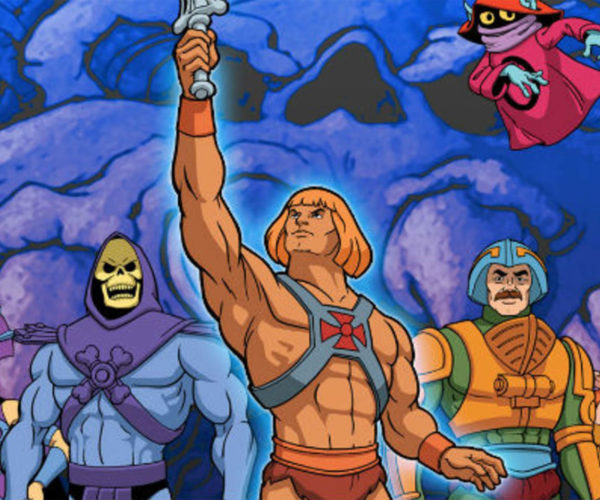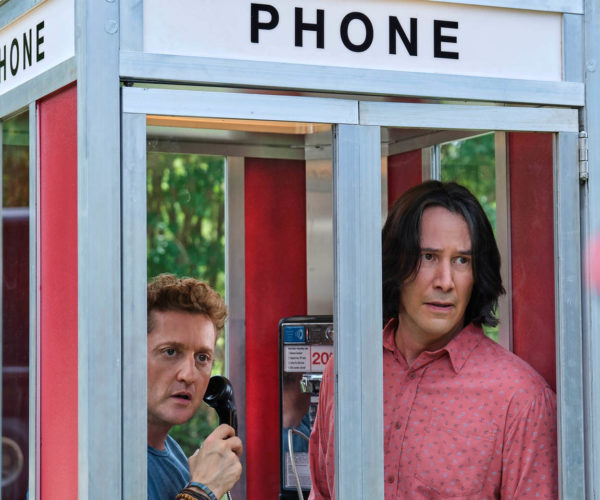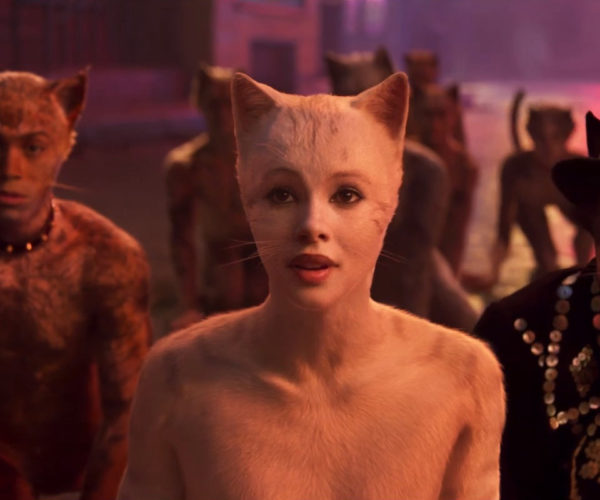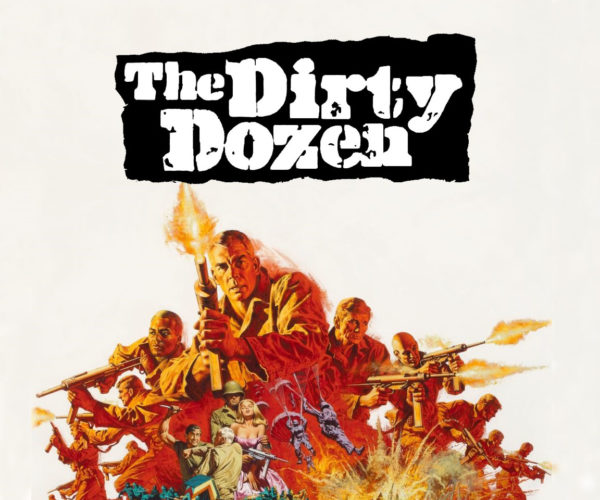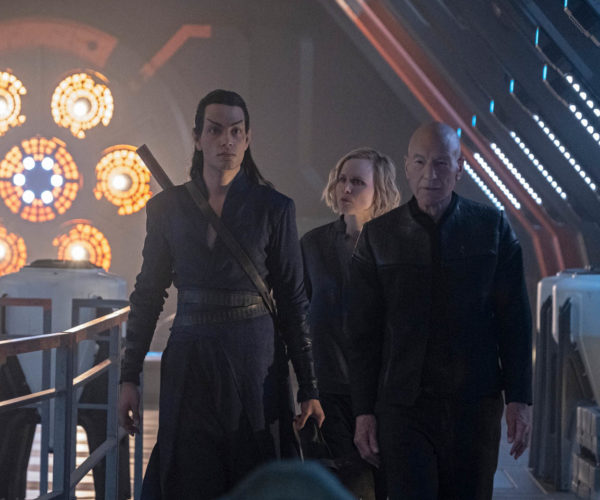There’s an epidemic at work in our cities and streets, infecting TV villains everywhere, and we need to talk about it. We need to stop drilling holes in cities, you guys, and we need to stop it right now.
It started back in 2013, with something called “The Undertaking.” In season 1 of Arrow, Malcolm Merlyn and his secret cabal of businessmen and businesswomen felt that a section of Starling City called the Glades had fallen into such disrepair that the only way to fix it up was to level it with an earthquake device.
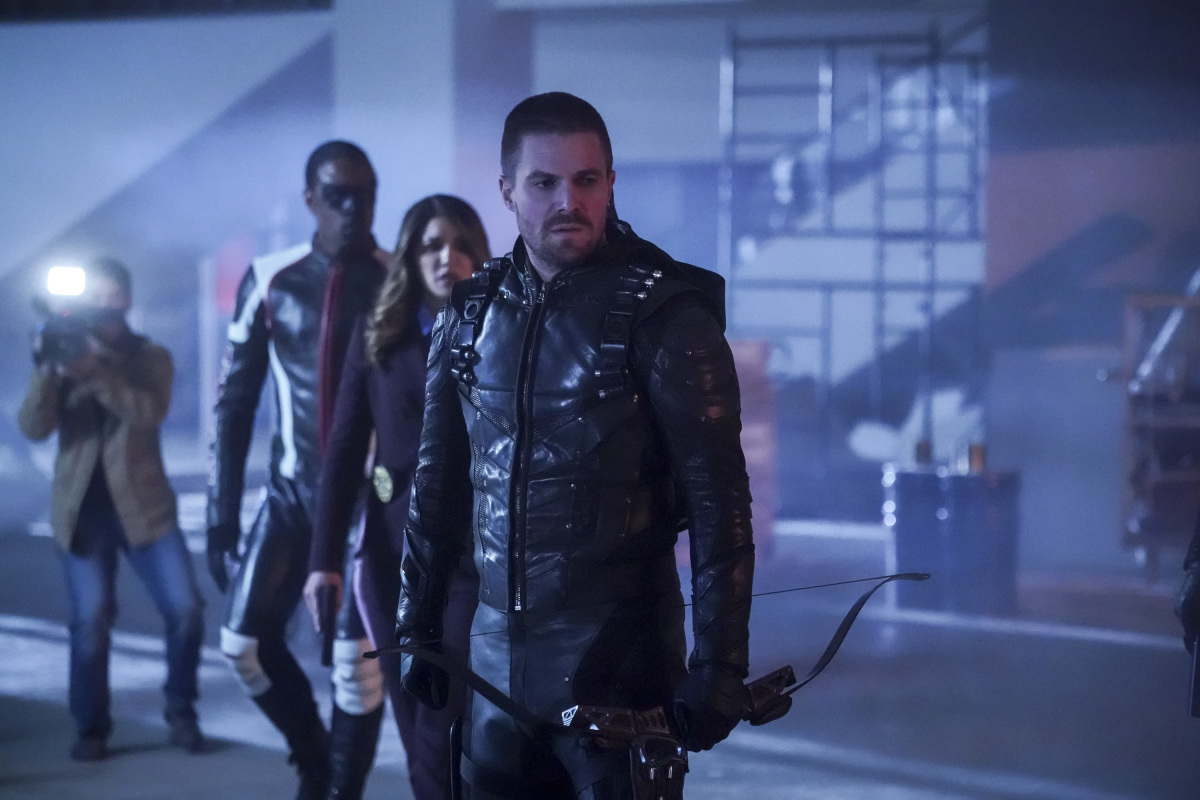
The sickness lay dormant for almost five years until it jumped networks and universes with the debut of Marvel’s Defenders on Netflix. There, the secret cabal called The Hand drilled deep into the ground of New York City in search of dragon bone. The massive, deep hole threatened the structural integrity of Manhattan, and threatened to level the city (and nearly did, no thanks to Danny Rand, the Immortal Iron Fist, Defender of K’un-L’un, Sworn Enemy of the Hand).
Finally, it jumped again – not even a year later – from the East coast of the Marvel Netflix Universe to the West coast of the Marvel Hulu Universe in Marvel’s Runaways. In Los Angeles, the secret cabal known as The Pride worked to create a drilling device that would burrow deep into the Compton area of Los Angeles, to uncover some ancient, living thing.
This idea is a well so dry that the bucket cracks when it hits the bottom. So why do writers and showrunners keep looking for water there? The reasons seem to run the gamut from inexperience to logistics to plain-old fear. But the truth is shows like this can do better than such tired ideas, and they have.
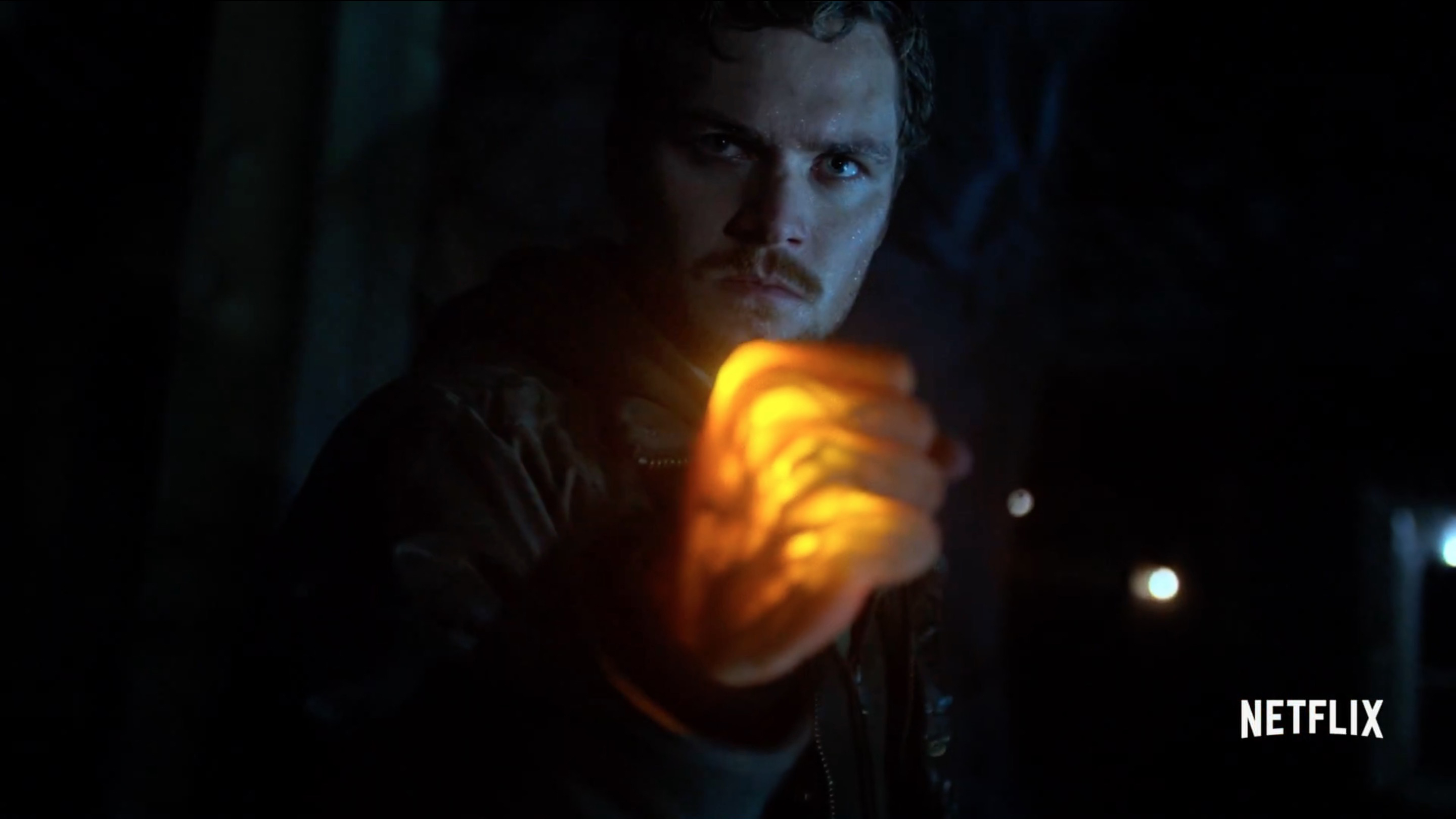
Since the Undertaking, we’ve seen some truly weird superhero shows, and we can’t help but wonder why shows like the Defenders and Runaways aren’t in the running. Here’s what you can do with a superhero show without having to rely on a tired trope like “Digging for Evil.”
DC Universe’s truly unique Doom Patrol is a TV show featuring a sentient, genderqueer street as a significant part of its story, whose finale takes place in the literal margins of reality. Legends of Tomorrow‘s latest season featured an episode focused on a lesbian couple talking through their relationship difficulties inside a magical, purgatorial IKEA by way of picking out a bed and assembling a wardrobe. That was the subplot of the season, which was about a character’s dad making a deal with a demon so that he could make an amusement park of magical creatures to impress his son. On a show about time travel and jump kicks. The previous season had an episode called “No Country for Old Dads.”
And nobody drilled under a city in any of these shows.
These are two of the very best superhero shows out there in my estimation, because they embrace the comicbook-ness at their cores. They don’t slavishly follow comic stories – we all know that comic books have their share of downright bad stories – but they don’t hesitate to embrace the weirder parts, and the writers aren’t afraid to look at those weird parts and see what the original creators were getting at, rather than dismissing them as being too weird and too ambitious for TV – a medium that already has the space to flesh out weird stuff and often suffers from needing filler. They don’t fall back on climactic conceits that would have been dumb for a James Bond movie back in the 1970s. And not just dumb, but limiting –– unwilling to be really outlandish and wild in the way comics at their best always have been.
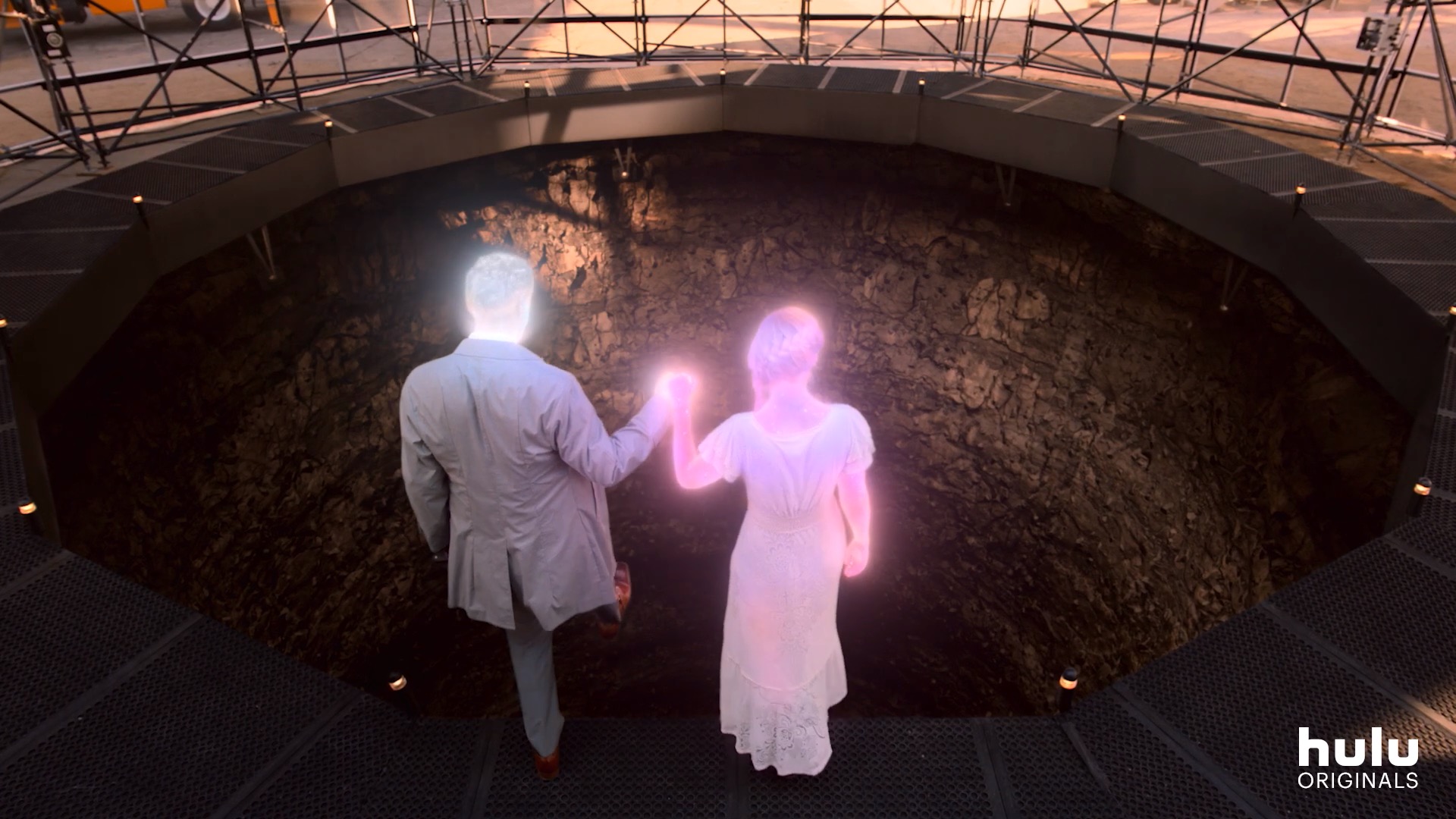
That’s why it’s tough to look at the original Runaways comic, for example, and not feel like the TV show is cheating itself. The comic is absurd in all the right ways. At the center of the story in both is the Gibborim. In the comics, the Gibborim were the last members of a race of giants that ruled Earth before humanity came along. They’re hundred-foot-tall sentient beings who despise humanity and seek to wipe the planet clean and create a new Eden in the service of something they call the Holy Father.
What did this get reduced to in the TV series? A cult centered around a race of glowing aliens.
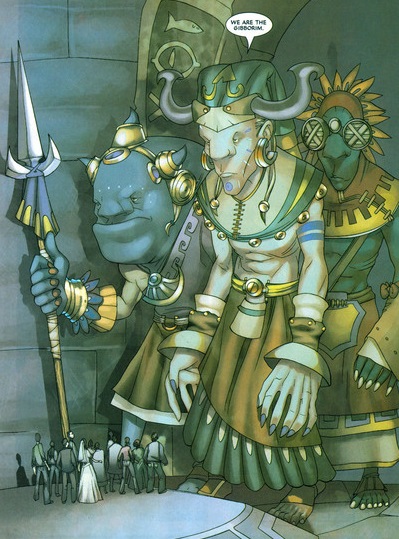
Sometimes the problem revolves around another impulse many of these shows have — the need to keep things “gritty”, or “close to the floor”, or give them “verisimilitude”, or make them “street-level”. Those aren’t bad impulses; they just aren’t always wise.
When we look at the Marvel-Netflix collaboration, the “street-level” hyphenate comes up frequently. When used properly, it served shows like Jessica Jones and Daredevil, giving them real-world weight and personal stakes. We can look at some of the mid-series seasons of Arrow to see why getting too far away from street level can hurt shows. Damien Darhk and his plan to literally nuke the world was hard to swallow and fit the show poorly.
But sticking with “street-level” just as often held the shows back – especially so when the Defenders drew together for their miniseries.
In the Daredevil comics, the Hand is a far-reaching organization of Ninja that have their fingers (pun intended) in all kinds of pies. The Hand operates to serve a demon called the Beast of the Hand that, at one point, possesses Daredevil. His allies attempt to help him shake off the demon, but it’s eventually a chi punch from Iron Fist that forcibly separates the demon from the Devil.
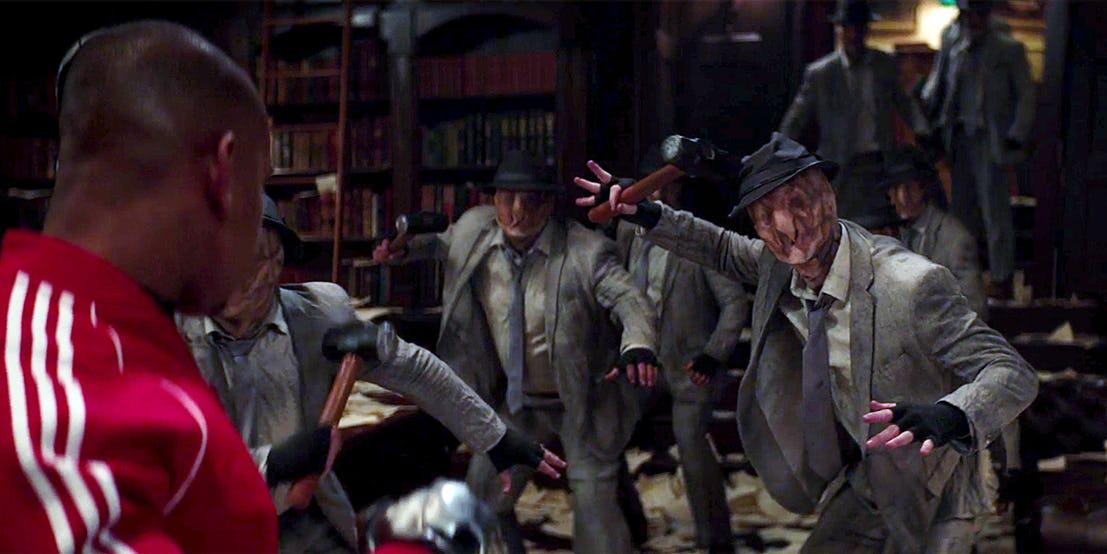
In the show, the Hand was apparently just a bunch of old people who wanted more life. That isn’t “grounded” or “realistic”, just… flat.
With the critical success of weird shows like Doom Patrol and Legends of Tomorrow, I can’t help but hope that other showrunners look to those shows for inspiration, while using the mistakes of the more limited shows as a roadmap for what not to do. With some creativity, the city-killing drills can be turned off and put away.
